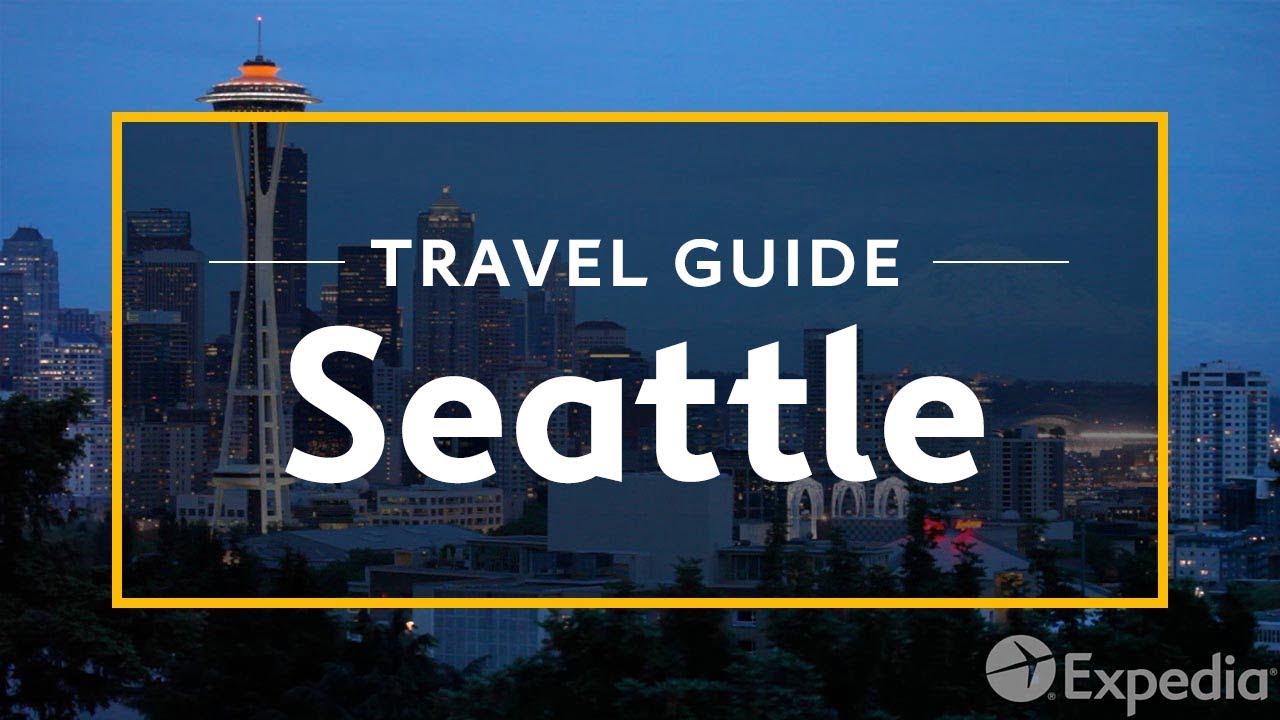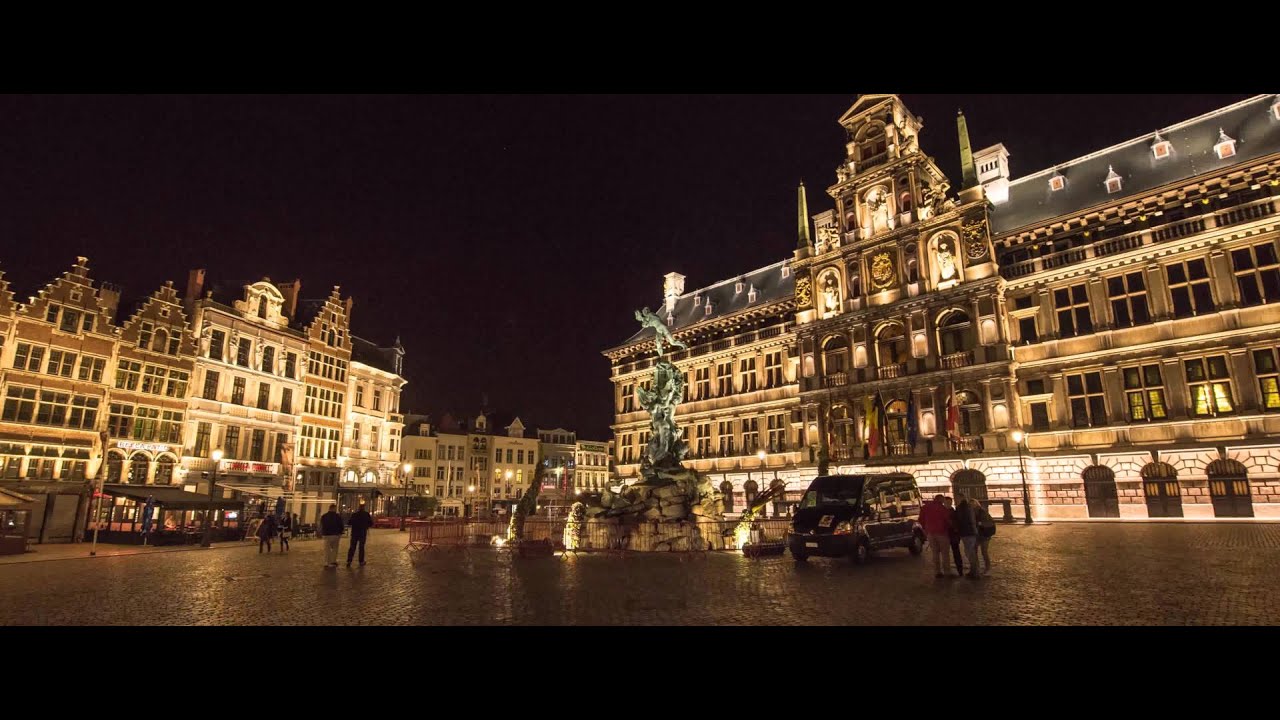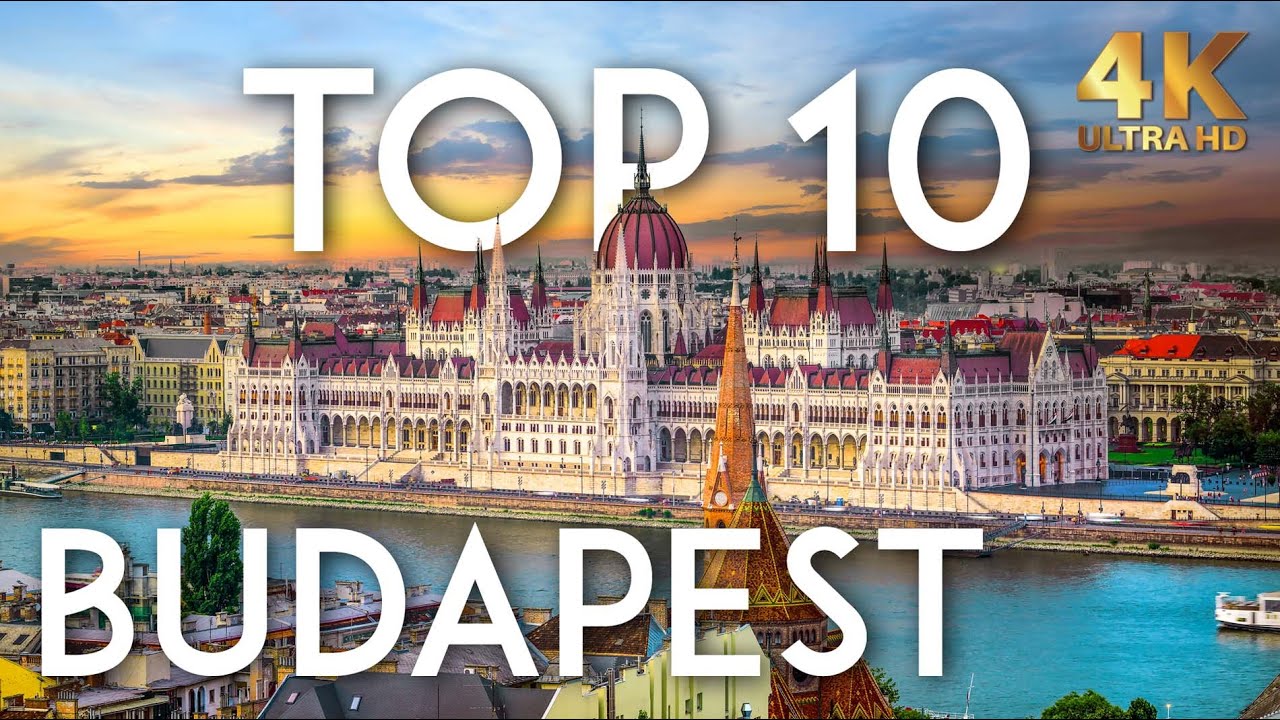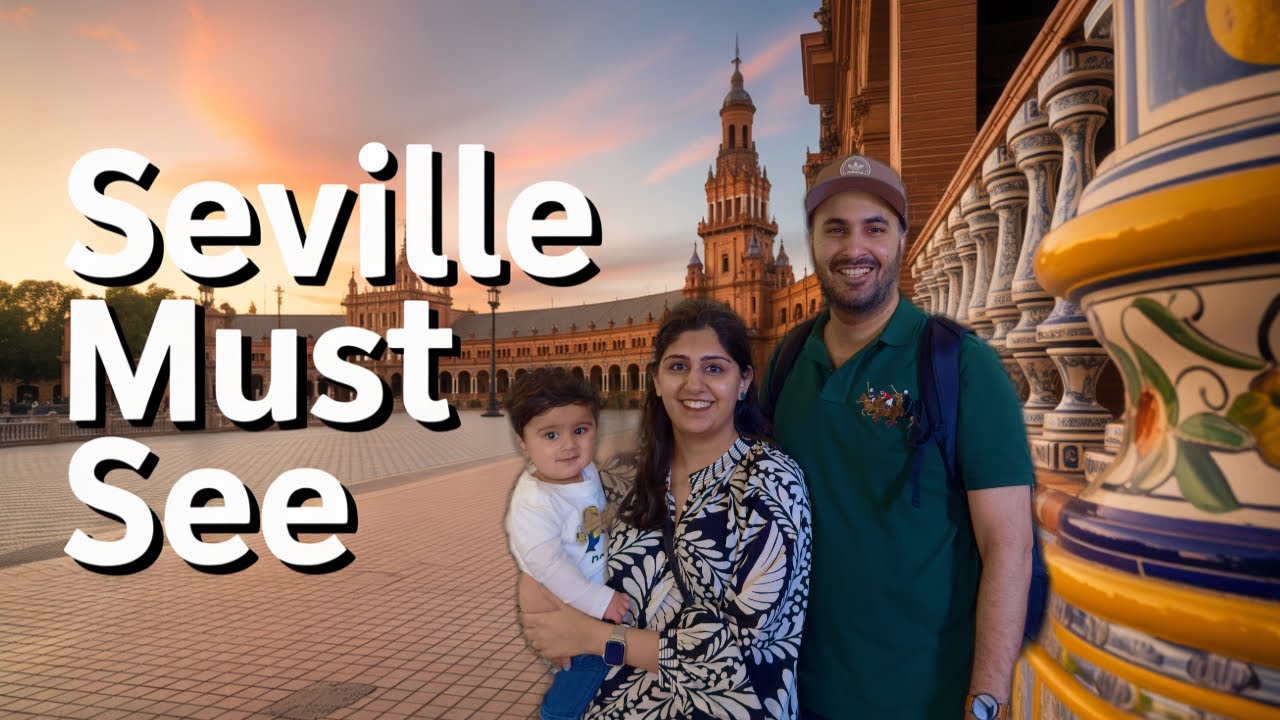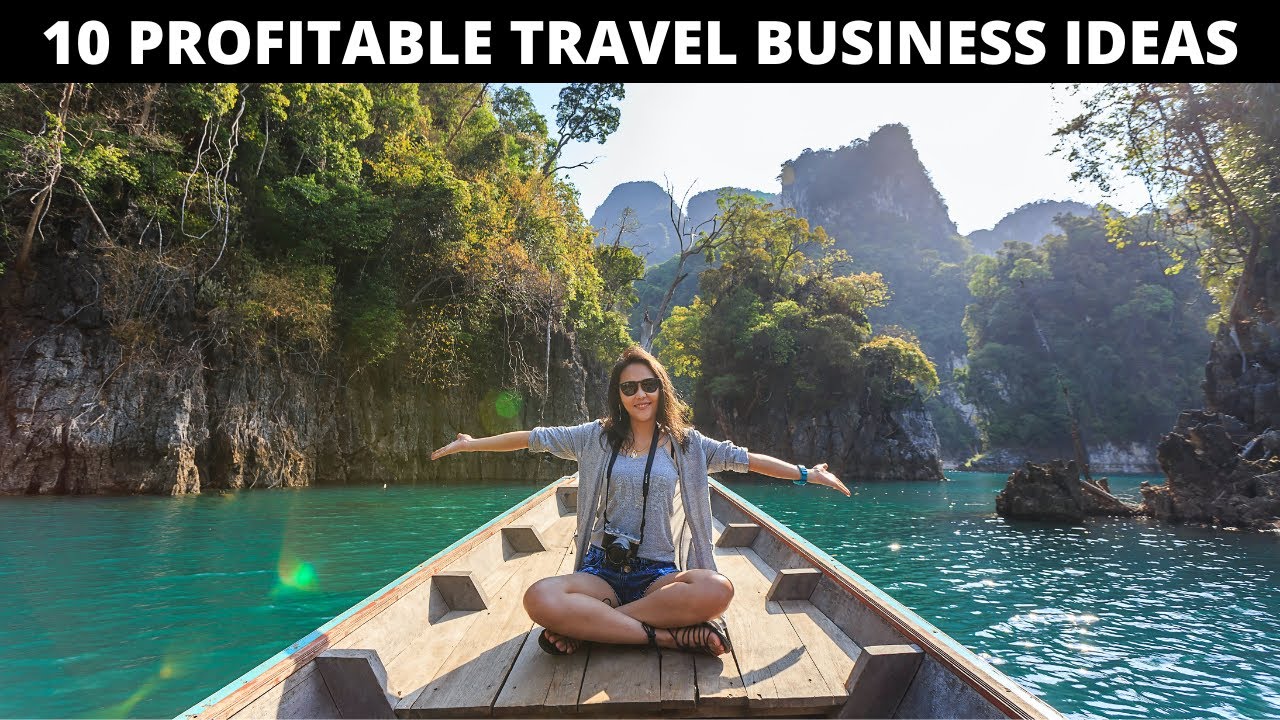How the World’s Wealthiest People Travel
There are roughly 295,450 people with at least $30 million. Such individuals, referred to as ultra-high net worth, represent about 0.0037% of the human population, yet they hold about a third, $35 trillion, of the world’s wealth. Therefore, it’s no wonder why a massive, global industry exists, fully centered on
Supporting the nomadic lifestyles of the world’s wealthiest 295 thousand. As with any socioeconomic class, ultra high net worth individuals are more likely to socialize with other ultra high net worth individuals, yet intriguingly, the number of people earning and spending similarly to you goes down as your income goes up.
Therefore, once you get to the top of the income scale, the scarcity of people like you stretches your social networks out to a global scale. Through the years, this led to the creation of the informal but remarkably systematized so-called “Billionaire’s Social Calendar.”
The year often starts on St Barts—the traditional New Year’s Eve spot for the wealthiest few—then February might include the Superbowl, and March skiing in Aspen or St Moritz. Spring starts with the Masters Golf Tournament in Augusta, Georgia, while May includes the Cannes Film Festival and the conveniently close Monaco Grand Prix.
June’s highlight is the Henley Royal Rowing Regatta in England, July’s is Wimbledon, August’s is the Venice Film Festival, while September often includes a return to Monaco for its yacht show. October’s the Frieze London Art Fair, November might include a trip down under for the Melbourne
Cup, and finally, the last major event of the year, before St Barts, of course, is Art Basel Miami Beach. These events are hardly about the events themselves—most wealthy attendees to Monaco’s grand prix hardly care about the racing and its yacht show is far more than a sales event for the
Vessels—but rather they serve as an exclusive space made available only to wealthy people who want to socialize with other wealthy people. While few go to all, and each adapts the calendar to their preferences, ultra-wealthy individuals have often expressed a feeling of obligation to join the circuit in order to maintain their social standing.
Such pressure may have motivated Jeff Bezos, for example, to start his 2022 as he did— on a yacht off St Barts with his partner, Lauren Sanchez. Thanks to publicly-available aircraft transponder data, however, we’re able to see what he did with the rest of his January.
Bezos’ pair of G650 jets are too large for St Barts’ short runway, so they waited on neighboring Saint Martin while the billionaire rang in the New Year. Then, on the 1st, N271DV took off for the seven-hour flight to Los Angeles to drop Sanchez
Off, while the other, N758PB, flew the next day to take Bezos directly home to Seattle. Over the next two weeks, both jets regularly shuttled up and down the west coast between Seattle and Burbank, presumably to take Bezos and Sanchez to visit each other.
On January 13th, however, one of the jets flew from Burbank to Maui while the other flew from Seattle and stopped briefly at LAX before continuing on to Maui, presumably carrying Sanchez and Bezos respectively to the billionaire’s new $78 million vacation home on the island,
Then each jet returned to the mainland four days later. Bezos appeared to visit Sanchez again on the 23rd, then four days later flew directly to Washington DC—Bezos owns the biggest home in the District; the largest newspaper in the city; and his company, Amazon, is constructing its second headquarters across the river in
Crystal City, Virginia—so he was likely there for business. But finally, Bezos finished out the month by flying back to Burbank, once again—and he did all of this while threading the needle between highlights on the Billionaire’s social calendar, as just 11 days later he flew down to LA for the Superbowl.
Across January, Bezos’ lifestyle called for his G650s to fly 29,000 miles or 46,000 kilometers in total, which is roughly equivalent to flying between Seattle and Sydney four times. To fuel this extent of travel, his jets used about 24,838 gallons or 94,022 liters of fuel,
Which could otherwise be used to propel the largest passenger aircraft in the world, an A380, across the Atlantic from DC to London with 500 passengers aboard. But Bezos’ travel is indicative of the way that market analysts think ultra-luxury travel is heading.
You see, two phenomena are crashing head on into each other to throw the industry into turmoil. First, more people are getting wealthy than ever, as money is becoming increasingly consolidated at the top, and second, merely wealthy people are traveling less frequently than in years past, but spending more than ever.
Data indicate that prior to COVID, Americans spent an average of $4,871 on a trip to Greece, but now, it’s all the way up to $6,561. Airline executives have also jubilantly noted that first and business class revenue is remarkably strong, despite the continued weakness of the traditionally lucrative business-travel
Segment, mostly thanks to leisure travelers opting to pay the premium for more luxurious travel at a greater rate than ever. In New York City, the ultra-luxury hotel market is said to be booming, with all-time high prices and occupancy rates and new super-premium properties opening faster than ever.
Summer 2022 saw the opening of the highly-anticipated Aman New York, with the cheapest room starting at $2,600 a night, but more regularly pricing in the three or four thousands. Five years ago, the Aman’s sister property—the Utah desert resort known as Amangiri—started
At $1,400 a night, but these days, that’s doubled to $2,800 a night, and even with dynamic pricing charging a hefty premium for the most attractive dates, plenty of nights are regularly sold out, even many months in advance.
And of course, for those lucky enough to get a booking at resorts like the Amangiri, they need a way to get there so it’s no wonder that 2021 saw an all-time record-high number of private jet flights—3.3 million globally. This tremendous growth was in large part enabled by the propagation of the on-demand charter
Business model. Companies like Wheels Up, NetJets, and XO have revolutionized the industry by simplifying one-off charters of private jets, which makes the means of travel far more achievable for the twice-a-year wealthy leisure traveler. These private jets are serviced by fixed-based-operators, which essentially act as private terminals-for-hire,
And these are also observing record traffic, leading to more FBOs being developed, which is pushing up prices for airport real-estate and hangars to an all-time-high as well. So, as the industry has grown as large as ever, it’s simultaneously more expensive
Than ever and more frustrating than ever to get access to a private jet. Essentially, across the ultra-luxury travel segment, there’s a capacity crunch. More people than ever are willing to pay more for a night in a top hotel than most do for
A month of rent; or more for a two-hour private flight than most pay for their cars. The pace of industry growth is outmatched by the growth in demand for the segment. The incredible consequence is that the super wealthy have pushed the ultra-wealthy out from their traditional stomping grounds.
There simply are not publicly-available travel experiences expensive and exclusive enough for the wealthiest of the wealthiest anymore, so they’re essentially turning to private everything. Yachts fulfill this need well—they allow the ultra-rich to travel on their own terms, bringing the quality of accommodations they expect to wherever they want to go, largely
Regardless of outside demand. But where they want to go is still largely dictated by that Billionaire’s calendar, so each fall, as the temperatures in the Med drop and the final summer events finish up, a maritime migration begins. Some of the superyachts push off the dock with pared-down crews to begin the lengthy
Transatlantic passage under their own power, and while most yachts are capable of taking on most ocean crossings, it’s an expensive, impractical, and dangerous endeavor. That’s why these exist—yacht-carrying ships. These ships work year-round connecting the world’s yachting hotspots, but in the fall and spring, it’s all about the transatlantic migration.
So, at the end of the Med season, a deluge of vessels descend on yachting hubs like Genoa, Italy and Palma de Mallorca, Spain to load up on one of these vessels—their owners paying up to $100 thousand for the convenience. Upon arrival in the Caribbean, their owners can once again access their yachts, providing
Convenient access to winter events like Art Basel Miami and New Year’s on St Barts. As with every other segment of the industry, however, the superyacht industry is growing faster than ever, meaning what was previously a refuge from the constraints of land is finding itself increasingly stuck out at sea.
Take, for instance, a berth at the Yacht Club de Monaco. First and foremost, it’ll cost you. During the summer season, a night will cost the shortest vessels $275; but if you’d like to dock the same boat during the Monaco Grand Prix, the price skyrockets to over $16,500 a night.
To get one of the few spots that can fit the largest 60 or 70 meter vessels, it’ll cost $73,000 a night, but even then, the clubhouse building blocks the view of the track, so to actually see the race, this fee includes access for two to the building itself.
But cost is hardly the issue here. Rather, it’s club membership, which requires that you were first sponsored by a member then approved by the admissions committee. Once in, to secure a spot during the Med Season, berth reservations have to be booked months in advance.
But for the only event that parallels the Grand Prix in exclusivity, the yacht show, just getting a berth is only half the battle. When showing your superyacht off to other attendees, the best spot to dock is here,
Across the way, so onlookers can take in the full profile of the vessel rather than just its rear. But getting these spots requires first that the yacht is too long to fit in a traditional spot, and that you, or your captain, has a strong relationship with the event directors—relationships
That take years to form. Navigating these busy waters is an expensive pain. Superyacht ownership in general is an expensive pain. Yachts don’t actually get someone from one place to the next efficiently at all—on the open ocean they’re generally unpleasantly bumpy rides—and yearly costs generally average around 10% of the boat’s value.
Yet, across the board, no matter the length, sales only continue to rise. Anecdotally, the deals cut on the decks of these behemoth boats, and the valuable relationships curated at yacht club bars are said to make the investment worth it.
As one new yacht owner told the New Yorker “one deal secured on board will pay it all back many times over.”So, increasingly, the yacht is now perceived as a necessary component of the Billionaire’s social calendar, meaning the same way the wealthiest few are
Feeling about private aviation and ultra-luxury hotels now extends to the yachting world as well. In response, the ultrawealthy are getting more creative. Over the past five years, just as overall sales and superyacht builds have risen, the number of superyachts over 40 meters being refitted has nearly doubled.
More often than not, refitting means a visit to a boat yard for minor alterations. Sometimes, though, these refits are major, which reflects a growing trend: the rise of the expedition yacht. With traditional waters busier than ever and the experiential economy as big as ever, billionaires
Are rebuilding and buying superyachts capable of taking on more adventurous trips, be it sojourns into the Arctic or lengthy, remote prowls across the Pacific. At the extreme end of this trend is a former Soviet icebreaker now rebuilt as an equally tough and luxurious expedition yacht called Legend.
On the other, experiential yachting firms have popped up that create World War II battle simulations in the Pacific for bored kids or set up temporary restaurants on sandbars in the middle of the Maldives. The trend toward exploration and expedition isn’t just a superyacht thing either.
At the same time that increasingly numerous millionaires are pushing the ultra wealthy away from their old stops, the interest in and social value of unique experiences is pulling billionaires to services offering one-of-a-kind adventures—from up-close gorilla safaris in Rwanda, to luxurious overland treks to the south pole.
These luxpeditions, as they’re called, are individually curated by companies like Brown and Hudson to push their guests through Bear Grylls-like experiences in frigid winter conditions before they escape to tents with heated floors and Michelin star-worthy food waiting on them.
Their goal is that the trip, in their words, is seared into the participant’s memory. And if the extreme outdoors isn’t of interest, Brown and Hudson offer the opportunity to travel like James Bond, to live a few days like someone else entirely, or go off on a globe-trotting Grand Tour.
For the ultra-wealthy, the options are really endless. As long as it’s legal, said one representative of a referral-only travel service, they’ll do anything for a client. Bespoke traveling for the billionaire class is booming, and as long as the traveler gets
A good story out of the experience or the ability to brag about visiting the Salar Uyani salt desert in Bolivia or the most rural reaches of Sudan before any of their friends, they’ll keep paying well into the hundreds of thousands for it.
But of course, the true top of the market is what we don’t know about yet. Increasingly, wealthy people are traveling to be seen—either in person or on social media. In response, ultra wealthy people are increasingly traveling to disappear—as reflected in the
Record sales of secluded $30, $40, and $50 million vacation homes in places like Hawaii, Colorado, and the Caribbean. We don’t have a great sense of the ins and outs of the most expensive travel experiences, because the secrecy is part of the premium itself.
By the time we do, the top of the wealth pyramid will have moved onto something else—always staying one step ahead of the merely wealthy. If you want to learn more about the yachting world, and specifically how builders are managing to design ever larger and more luxurious yachts, I’d recommend checking out this episode
Of the show Ultimate Processes on Curiosity Stream. Tens of thousands of Wendover viewers are already subscribed to CuriosityStream, but for those of you who aren’t yet, the good news is that it’s actually a really good deal when signing up through our link, because that also gets you access to Nebula for free.
Nebula is a streaming site founded by myself and a bunch of the other creators that Wendover viewers likely already watch, and as a creator owned and operated platform, it was designed from the ground up to be the best home to the stuff we make.
For example, by losing the ad-supported model, we’re able to make videos on more niche subjects that we know would appeal to our core audience, but potentially not to the size of audience that would make it profitable on YouTube. We’re also able to make higher-budget stuff, called Nebula Originals—we at Wendover have
Made all these, each of which is some of our best stuff. You’d probably be blown away by the price if it was just for that, but it’s not, because the cheapest way to get access to Nebula, as I mentioned, is through CuriosityStream.
When you all go to CuriosityStream.com/Wendover and sign up for any of their subscriptions, they’ll throw in a Nebula subscription completely for free. That means you get access to all of the exclusive stuff we’ve made at Wendover, Half as Interesting,
And Jet Lag: The Game; plus all the exclusive stuff the 150 other Nebula creators have made; plus the entire, massive, top-quality CuriosityStream catalog of non-fiction shows and documentaries. To get all of this, for a year, all you have to do basically is not eat one cheeseburger—or at least one overpriced cheeseburger.
That’s because when you head to CuriosityStream.com/Wendover the annual subscription to CuriosityStream is just $14.79 a year right now, and again, that includes a free subscription to Nebula, which helps support us and loads of other independent creators. So, click the button on-screen or head over to CuriosityStream.com/Wendover, and thanks in advance for your support.


